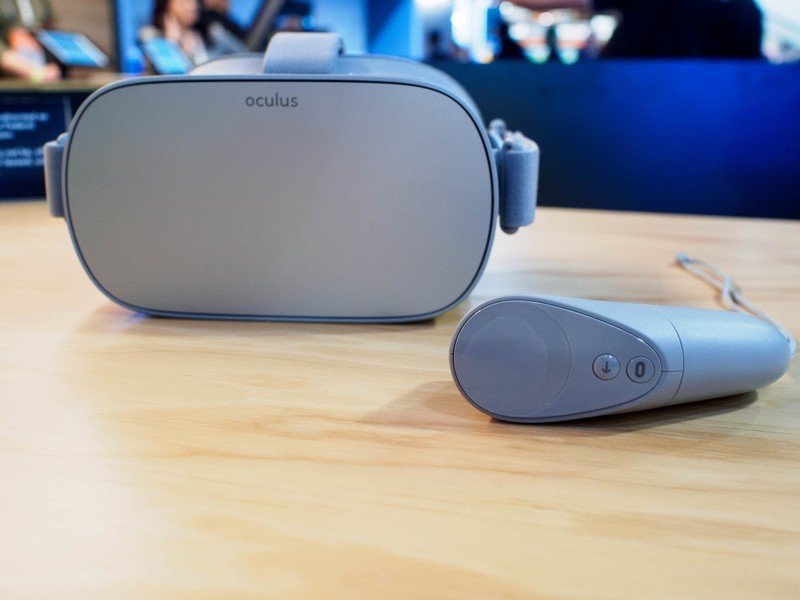Everything you need to know about Firefox Reality browser, the VR future of the internet

Anyone who's browsed the internet in VR understands that new ideas are needed to keep it fresh. Simply moving the 2D windows into our headsets creates something functional, but it's nowhere near optimal. Mozilla hasn't been sitting back, creating the likes of WebVR, a browser add-on that transforms it into a VR platform for Gear VR, Daydream, Cardboard, and the PC-based VR systems.
Now, with Firefox Reality, a browser designed from the start for standalone VR headsets like Oculus Go and HTC Vive Focus is on the way.
What's new with Firefox Reality browser?
Mozilla released a news brief April 3, 2018 announcing Firefox Reality, a "new web browser designed from the ground up for stand-alone virtual and augmented reality headsets."
The news brief includes information about upcoming updates and what we can expect from the team behind this new browser. According to Mozilla, these update include:
- Details of the design process, from paper sketches to headset prototyping
- Sneak peeks of Firefox Reality running on a variety of pre-release headsets
- New capabilities for artists, designers, and developers of immersive experiences
- Integration of Servo, along with experimental extensions to the WebGL graphics APIs
- An experimental computer-vision pipeline using WebAssembly
- Device, gesture, and voice-interaction features
How can I use Firefox Reality?
A video showing an early build of Firefox Reality.
There are still no official releases of Firefox Reality. However, developer build source code for a number of VR headsets, including Daydream, Gear VR, Oculus Go, and Vive Focus can be found on GitHub. It's still a relatively barebones experience, but it is definitely in a working state.
Why is Firefox Reality necessary?
How people access the internet is always changing, and Mozilla wants to be at the front line of development for new browsing solutions. 2D and 3D content need to coexist, and solutions for currently awkward features, like something as simple as typing, need to be implemented to keep people engaged.
Get the latest news from Android Central, your trusted companion in the world of Android
Firefox Reality is a browser that works across multiple VR and AR platforms without losing speed ― check out Mozilla's Quantum updates ― and it's meant to be as future-proof as possible. Like the standard Firefox, this is an open-source project. That means there's less friction when a VR or AR headset developer wants to add it to their creation, and it also means better transparency in a time when we really don't know where our data is going.
What will Firefox Reality eventually look like?

It's tough to say at this stage what Firefox Reality will end up looking like, but expect a platform that resembles in some way a classic browser, but with the ability to easily transition between VR and AR experiences.
I think the main goal here is to deliver those experiences in a timely manner, in the casual way many of us currently absorb content from our phones and PCs. As it stands now, many quality VR and AR experiences take some time to set up, but with Firefox Reality it's expected that you'll be able to jump quickly into one thing and be on to the next without hardly noticing.
When can I start using Firefox Reality?
This project is in its infancy, and there's no word yet on any sort of official release for Firefox Reality.
You can test out Firefox Reality now by visiting the GitHub page that contains developer builds for Gear VR, Oculus Go, Vive Focus, and more. There are also versions for Daydream and standard Android phones, though these are for testing only.
More resources
- Oculus Go: Everything you need to know!
- HTC Vive's Focus VR headset is super cool, but you can't have one
- How to use WebVR in Firefox with HTC Vive or Oculus Rift



